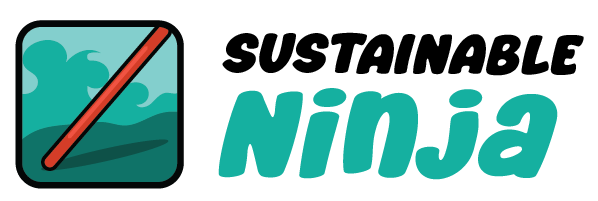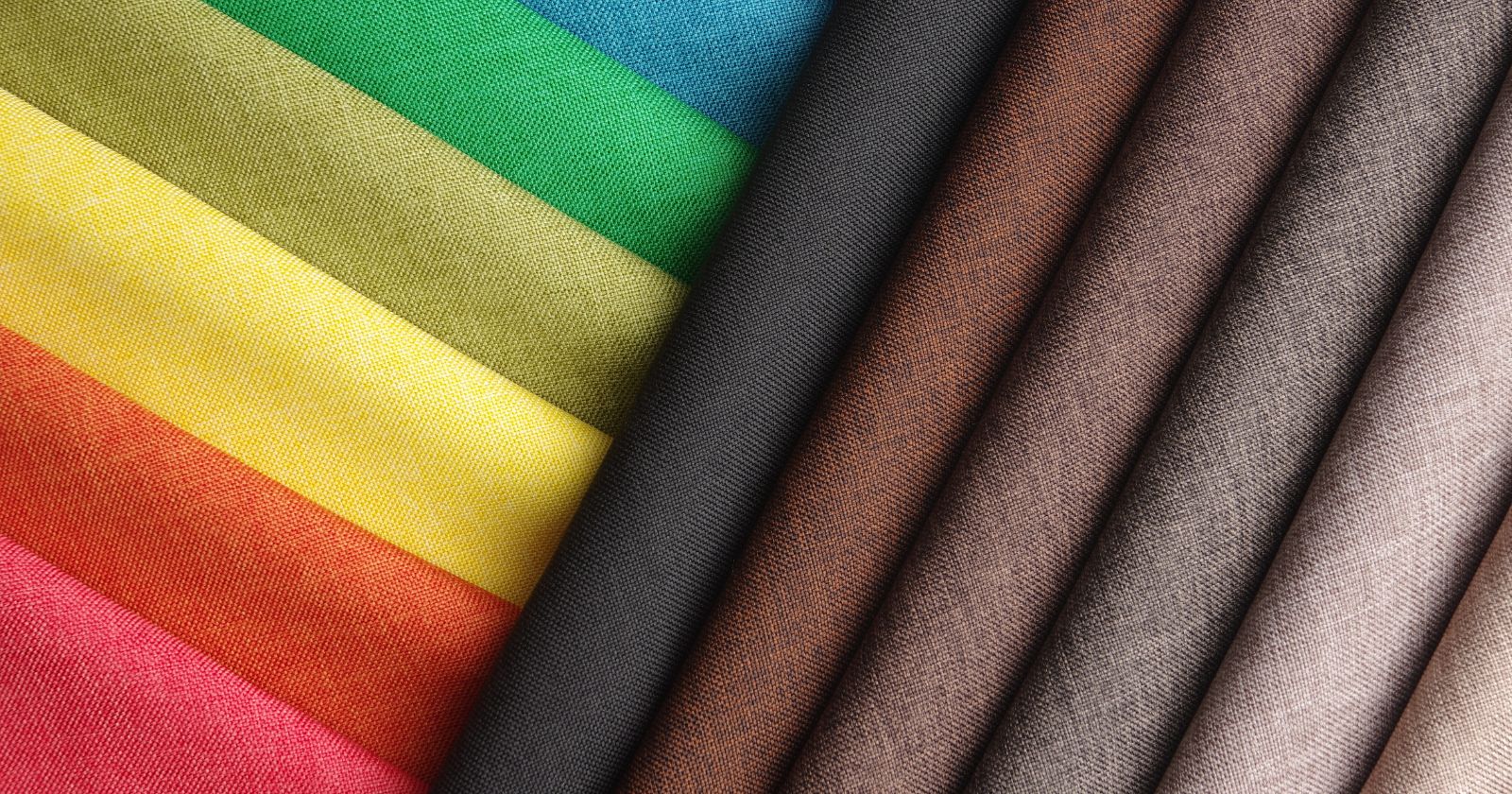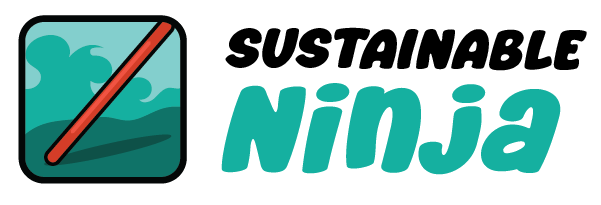Nylon and silk are two popular fabrics, but how do they differ? And which should you choose for items such as stockings and other luxury items? Let’s take a look.
Nylon, a synthetic fabric, is strong, lightweight, and easy to care for. It is more durable and stretchy than silk and also retains heat better, making nylon stockings a better choice in cold months. In contrast, silk breathes better, making it the choice for hot weather. Natural silk thread is also more expensive, but has a more luxurious look and feel, which many prefer.
Need more information? Check out the comparison table below, then read on for our full guide:
| Property | Nylon | Silk |
|---|---|---|
| Other names | – | – |
| Made from | Nylon is a synthetic polymer made from materials derived from petroleum. | Silk is a soft and shiny fiber harvested from silkworm cocoons. |
| Advantages | Strong, lightweight, and easy to care for. | Smooth, soft and luxurious. Looks and feels fantastic. |
| Disadvantages | Significant environmental concern. | Less practical than many other fabrics. Heat retention, water-resistance and color-fastness are all poor, and overall less durable than many other fabrics. |
| Uses | Used extensively in fashion to make a wide range of items. | Fashion, particularly luxury items, as well as lining for men’s suits, ties, and pocket squares. Other uses include curtains, sheets, pillows, and upholstery. |
| Natural or Synthetic | Synthetic | Natural |
| Woven or Knitted | Either | Either, typically woven |
| Thread Count | – | Up to 600 |
| Washing | Machine washable in hot or cold water (check label for which one is best for your garment). May last longer if hand washed. | Safest to dry clean only. Hand washing may leave to fading. Do not put in the washing machine. |
| Drying | May wrinkle if dried in a dryer at hot settings. Opt for cooler settings or air dry. | Air dry only |
| Ironing | Iron only on the lowest heat section without steam. Use a pressing cloth. Be careful because nylon can burn easily. | Do not iron. Silk should be steamed. |
| Wrinkle Resistance | Don’t tend to wrinkle | Don’t tend to wrinkle |
| Heat Retention | Medium | Poor |
| Moisture Wicking | Medium | Good |
| Breathability | Poor | Good |
| Stretchability | High | Low |
| Flammability (untreated) | Medium (tends to melt rather than burn) | Very High |
| Water-Resistance (untreated) | Medium | Poor |
| Color-Fastness | Poor | Poor |
| Strength | Excellent | Good, but weaker when wet |
| Durability | Excellent | Medium |
| Drape | Fluid | Fluid |
| Softness | Good | Very Good |
| Environmental Impact Score (A is best, E is worst) | Virgin Nylon = E, Chemically Recycled Nylon = B, Mechanically Recycled Nylon = A | Normal Silk = C, Organic Silk = B |
| Sustainability Issues | Nylon is a plastic. It does not degrade and requires significant energy, chemicals, and waste to create. We recommend only using recycled nylon products. | Silk production is relatively low impact, and does not require too many fertilizers or pesticides. Organic silk is best, and readers may also want to look for humane silk which harvests after the moths have left (instead of with the pupae inside). |
| Vegan | Yes | No |
Silk vs Nylon: Production Methods
Silk is a soft cloth woven from fibers harvested from the cocoon of the silkworm caterpillar. These cocoons are made from the fine fiber excreted by the caterpillars themselves. The cocoons are harvested with the silkworm still inside, and these cocoons are then put into boiling water to help unstick the thread from itself. Each cocoon is made of one thread and can be up to 900m long!
These silk fibers are then dyed, spun into thread, and woven using one of several different weaves (such as the plain weave). Although silk is a natural fabric, it is not vegan because the silkworm is killed during the production process (although ethical silk, or peace silk, is available that is vegan-friendly).
Nylon is a generic name for synthetic polymers made of polyamides using derivates of crude oil. This means producing nylon is an entirely synthetic process. Diamine acid (from oil) reacts with adipic acid to create nylon salt, a polymer. This is heated and then turned into a thread using a machine called a spinneret. These fibers are then stretched before being ready to spin into clothes. The resulting nylon thread resembles silk thread and is sometimes referred to as artificial silk.
Silk vs Nylon: Uses
Both nylon and silk are used extensively in the fashion industry, with silk, in particular, associated with luxury items such as gowns.
Nylon or Silk Stockings
Both silk and nylon are very popular for stockings (tights). Of the two, silk is considered the luxury choice. Silk stockings are more breathable and comfortable but are more expensive and less durable. Nylon stockings have better heat retention, making them better in cold weather, and they are more durable. Some nylon stockings have a seam up the back (silk stockings do not).
Silk or Nylon Socks
Silk socks are breathable and comfortable, but not durable enough for the heavy wear that socks get and require special care. Nylon, on the other hand, is more durable but not very breathable and is typically used as part of a blend rather than by itself. Because of this, most people wouldn’t consider either of these suitable for daily wear.
Silk and Nylon: Sustainability & Environmental Impact
Nylon is a plastic and so does not degrade. Its production requires significant energy, chemicals, and waste to create, and new nylon is not considered at all sustainable or environmentally friendly. We recommend only using nylon products when the nylon used has been recycled.
Compared to nylon, silk production is relatively low impact and does not require too many fertilizers or pesticides. Organic silk is best, and readers may also want to look for humane silk which harvests after the moths have left (instead of with the pupae inside).
Silk vs Nylon: Cost
Silk has a very high production cost compared to nylon, which is available at much lower prices.
Conclusion – Is Nylon or Silk Best?
We believe that silk is better in most circumstances, with a strong preference for humane silk. Silk is more environmentally friendly, looks better, and is more breathable. However, it is also more expensive.


